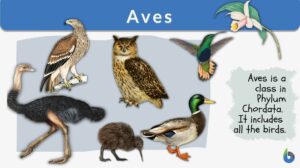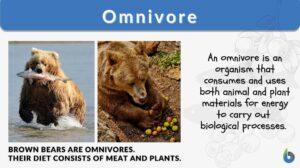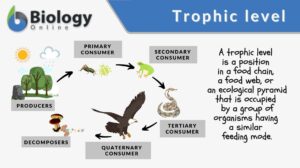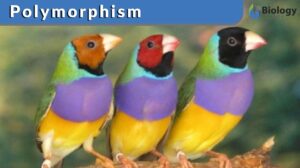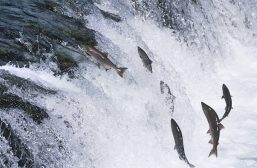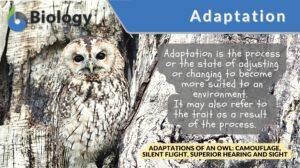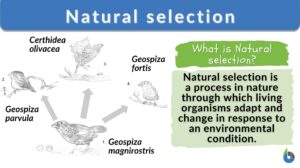Search Results for: sharp
Population
Living organisms typically prefer to live, grow, and survive in groups. Except for some species that prefer solitude - both... Read More
Convergent evolution
Convergent evolution definition What is convergent evolution? Convergent evolution is a concept in evolutionary biology... Read More
Idiomuscular contraction
Idiomuscular contraction --> myoedema a localised contraction of a degenerating muscle, occurring at the point of a sharp... Read More
Bicuspid tooth
Definition noun A tooth with two cusps; a premolar tooth. Supplement Bicuspid is located between the canine and molar teeth,... Read More
Ancylostoma
Definition noun A genus belonging to the family of Ancylostomatidae which is a family of nematodes that includes the... Read More
Inoculation
Inoculation Definition In Immunology, inoculation is defined as the process of introducing an antigenic substance or... Read More
Rovsings sign
Rovsing's Sign Definition Rovsing's sign is when palpation on the left lower quadrant of the abdomen results in pain in the... Read More
Chondrichthyes
Definition noun A taxonomic class comprised of cartilaginous fish Supplement Chondrichthyes is taxonomic superclass of... Read More
Trophic level
In ecology, a trophic level pertains to a position in a food chain or ecological pyramid occupied by a group of organisms... Read More
Polymorphism
Polymorphism Definition The occurrence of two or more different forms or morphs in the population of a species is referred... Read More
Parallel evolution
Definition noun An evolutionary process by which two or more separate species in the same environment develop similar... Read More
Actinopterygian
Definition noun, plural: Actinopterygians Any of a group of Osteichthyes characterized by possessing lepidotrichia (i.e. fin... Read More
Domestic cat
Definition noun, plural: domestic cats A small domesticated Felis species, e.g. F. domestica or F. catus Supplement The... Read More
Demographic transition
The demographic transition model is a theoretical framework that explains the historical shift in population dynamics as a... Read More
Lotic Communities & Animals
A running water environment offers numerous microhabitats that simulate favorable conditions for many types of animals to... Read More
Widows peak
widow's peak A sharp point of hair growth in the midline of the anterior scalp margin, usually resulting from recession of... Read More
Adaptation
Adaptation Definition In biology and ecology, adaptation refers to the process of adjusting behavior, physiology, or... Read More
Ala orbitalis
Ala orbitalis --> lesser wing of sphenoid bone One of a bilateral pair of triangular, pointed plates extending laterally... Read More
Natural selection
Natural Selection Definition What is natural selection in biology? Natural selection is defined as a process in nature... Read More
